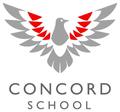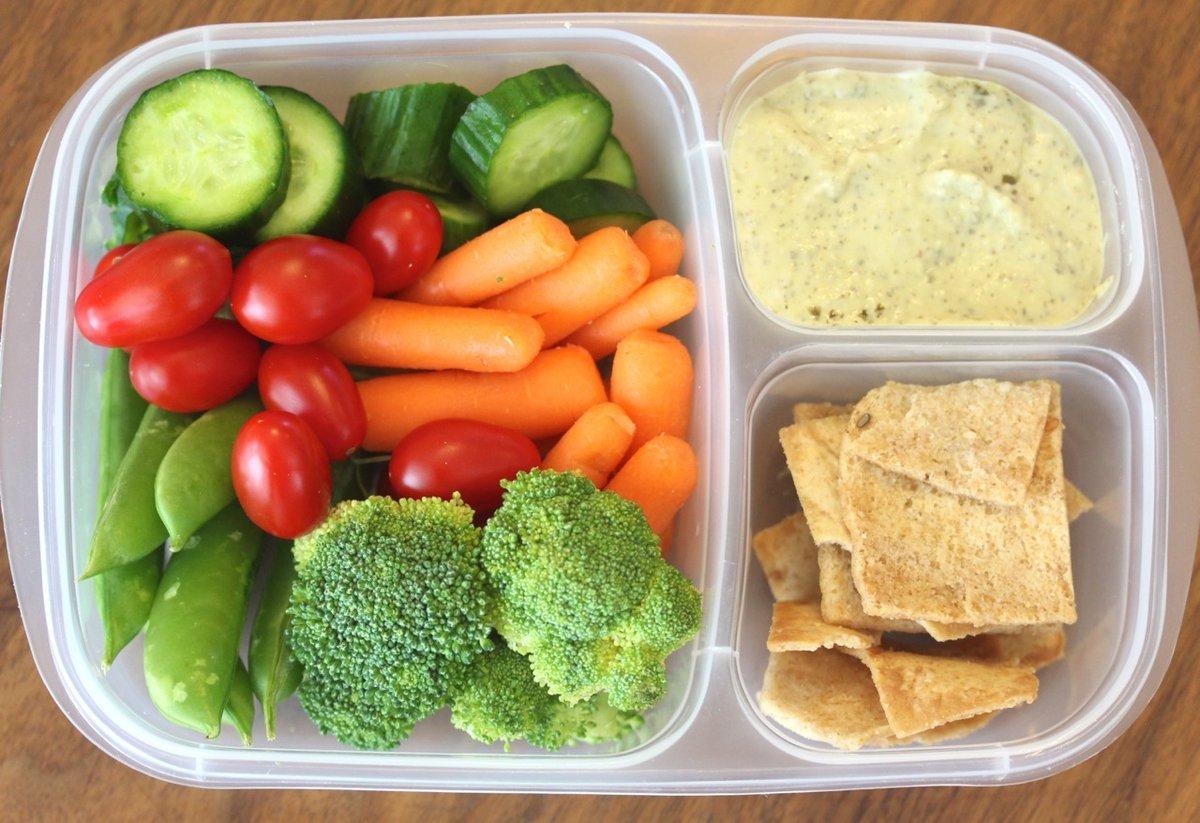School Nurse

Healthy School Lunches
Healthy lunches and snacks are important for active children. Eating healthy food helps children concentrate and learn. Children who help choose and prepare their own lunch are more likely to eat it. Tips include fresh fruit, crunchy vegetables and a combination of protein, dairy and carbohydrate foods. A refillable water bottle for hydration through the day is also very important.
Food suggestions for lunchboxes:
Suggestions for healthy food choices for school lunches include:
· Fruit – best choices include fresh or tinned fruit. Dried fruit is sticky and high in sugar, so have it occasionally. Best left out of the lunch box are dried fruit bars and ‘straps’, which are very high in sugar, low in fibre and stick to children’s teeth causing tooth decay.
· Vegetables – try vegetable sticks with dip or a small container with mixed vegetables such as cherry tomatoes, carrot sticks, capsicum and cucumber. Chips and packets of crisps are best left for parties and special occasions.
· Milk, yoghurt and custard – include a small drink of milk (freeze overnight and wrap in a cloth in the lunch box). Fruit yoghurts should be kept cool in an insulated lunch box. Best left out of the lunch box are ‘dairy desserts’ and flavoured milks, which are high in sugar.
· Dips, cheese and biscuits – pre-packaged or your own homemade versions of cheese and crackers are fine. Children enjoy mini packaged cheeses. Avoid sweet dips such as chocolate spreads. ‘Oven-baked’ savoury biscuits are just as high in salt and fat as chips and are best avoided.
· Different breads add interest – include a variety of bread, especially if children begin to lose interest in sandwiches. Try bread rolls, pita bread, flat bread, bagels, fruit loaf or buns, foccacias, scones, pikelets, muffins, crumpets, crispbreads, rice cakes or corn thins.
· Vary the fillings – fillings can include vegemite or other yeast extract, cheese (try different types), tuna, egg, sliced cold meats, baked beans, grated carrot and lettuce, chopped roast meat with pickles or chutney, and avocado. Dips like caviar (taramosalata), eggplant, chickpea (hommus), cucumber, yoghurt (tzatziki) or spinach also make good spreads. Avoid chocolate spreads, jams and honey, and fatty meats like salami and strasbourg.
· Muffins and cakes – try making your own muffins and cakes as a great way to include more fruit and vegetables. Examples include sultana, carrot, zucchini, banana or pumpkin. Donuts and creamy cakes are best offered at birthdays and special occasions instead of in lunch boxes.
· Muesli and ‘breakfast’ bars – almost all ‘bars’ are too high in sugar to include regularly, but cereal bars may be better for teeth than chewy sticky muesli bars. Try to avoid muesli bars and chocolate bars in lunch boxes. These are expensive and usually stuck together with fats and sugars.
Best drinks for lunchboxes:
Water and milk are the best drinks for children. They can be frozen to help keep foods in the lunch box cool. Sweet drinks such as fruit juices, juice drinks, cordials, sports drinks, flavoured mineral waters, soft drinks and fizzy drinks are high in sugar and not necessary. These drinks can increase the risk of tooth decay, are filling and may take the place of healthier foods.
Food safety in lunchboxes:
In most cases, food is stored in lunch boxes for several hours, so the lunch box needs to stay cool to prevent the potential risk of food poisoning. Lunch box safety is particularly important in the heat of summer. Lunches need to be prepared and stored safely to prevent the growth and contamination of food poisoning bacteria.
Food safety suggestions include:
- Before handling food, wash hands with soap and warm running water and dry thoroughly. Lunch boxes should also be washed thoroughly before reuse.
- Foods that are prepared the night before, such as sandwiches, should be refrigerated or frozen overnight.
- Choose an insulated lunch box or one with a freezer pack, or include a wrapped frozen water bottle that can keep perishable foods cooler and avoid bacteria growing.
- Perishable foods such as dairy products, eggs and sliced meats should be kept cool, and eaten within four hours of preparation. Don’t pack these foods if you've just cooked them. Cool in the refrigerator overnight.
- If including leftover meals such as meats, pasta and rice dishes, ensure you pack a frozen ice block into the lunch box.
- Healthy drinks, such as water and milk can be frozen overnight and then stored in your child’s lunchbox, helping to keep it cold.
- Lunch foods that can be safely stored in an uncooled lunch box and eaten at room temperature include fruits and vegetable, breads, crackers and cereals.
Things to remember:
· It is important to keep offering healthy lunch box choices in a variety of ways, as children learn to eat what is familiar to them.
· Foods should be simple and easy to prepare, ready to eat and appetising after several hours storage in the lunch box.
· Include fruit and vegetables in your child’s lunch box.
· Foods such as sandwiches can be prepared the night before or on the weekend, frozen, then taken for each day’s lunch box.
· Suitable foods to freeze include bread, cooked meat, cheese, mashed boiled egg and yeast or vegetable spreads such as Vegemite.
· Always include a refillable water bottle
References:
http://www.kidspot.com.au/Back-to-School-Lunch-box-nutrition-Lunch-box-safety+3960+181+article.htm
http://www.betterhealth.vic.gov.au/bhcv2/bhcarticles.nsf/pages/Lunchbox_tips?open
School Immunisation Program
The School Immunisation Program for 2015 will be finalised with the
3rd Human Papillomavirus (HPV) vaccination for Year 7 students scheduled on Tuesday, 24th November.
Changes to the School Immunisation Program:
The human papillomavirus (HPV) vaccine program for secondary school boys in Year 9 ceased in December 2014.
For one year only, in 2015, the diphtheria-tetanus-pertussis (whooping cough) (dTp) vaccine program was offered to secondary school students in Years 7, 8 and 9, in addition to the existing Year 10 program. From 2016 the dTp vaccine, along with other free vaccines, will be offered to Year 7 students only. This transition will provide students with earlier protection from these diseases and simplify the vaccine program from 2016 onwards.
Immunisation consent forms for students enrolled at Year 7 level in 2016 will be sent home with these students this week. Please keep an eye out for a large A4 sized white envelope in your child’s school bag. Consent forms need to be completed, signed and dated, and returned to school by Orientation day on 11th December 2015.
The Influenza Vaccination will continue to be offered to all students.
'Keep Well and Stay Safe'
Rosemary Van Aperan
School Nurse

